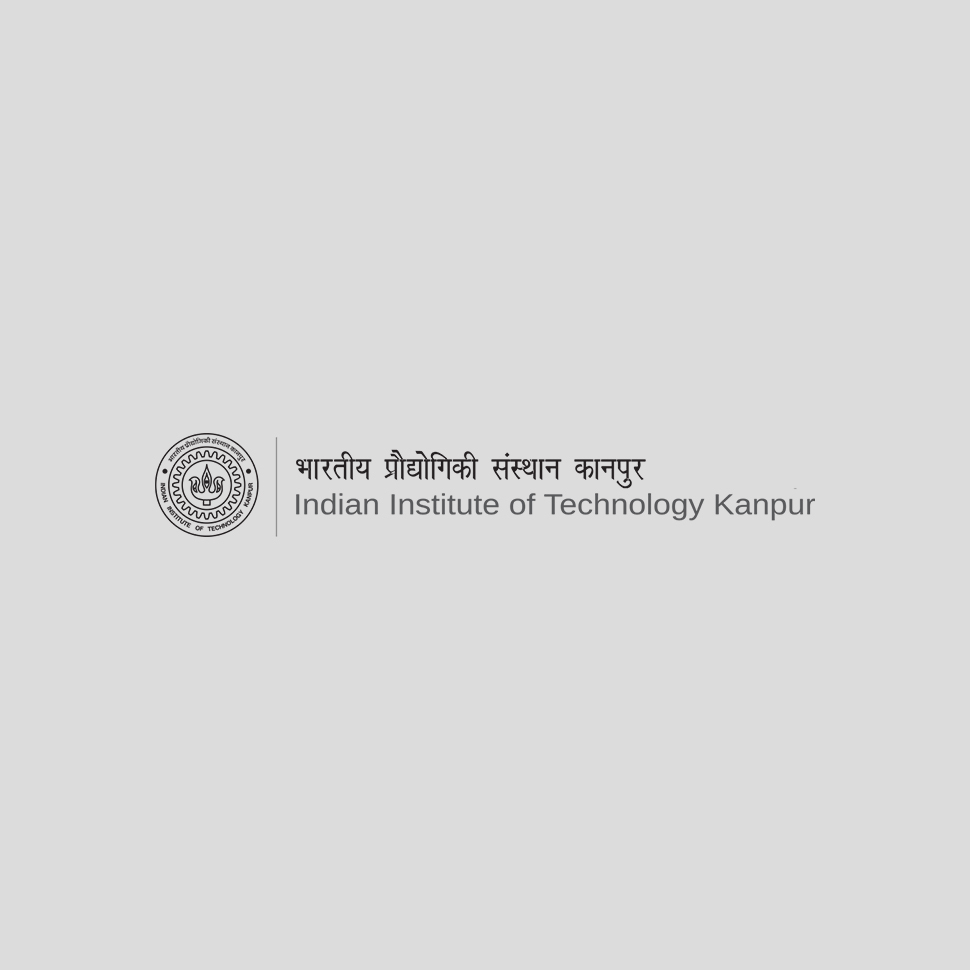
Particle image velocimetry (PIV) is the newest entrant to the field of fluid flow measurement and provides instantaneous velocity fields over global domains.
List of testing, research and consulting areas
To optimize development of new engines and engine concepts such as to investigate:
- Direct injection and multiple injections.
- Downsizing and turbo-charging.
- HCCI, Exhaust Gas Recirculation (EGR) and variable valve train.
- Alternative fuels like hydrogen, natural gas or fuels from biomass.
- Transient engine conditions such as cold start and catalyst heating.
- Flow fields in intake manifold and in the cylinder are strongly affecting the in-cylinder mixture preparation. Both large scale-motion, such as swirl and tumble flows, and small-scale turbulent motion influence the combustion process and hence emission levels.
- Increasing confidence in the use of engines with extensive optical access, the availability of inexpensive and high quality electronic and photographic recording media and reliable high power and pulsed lasers as illumination sources has seen the increasing application of Particle Image Velocimetry (PIV) to the characterization of instantaneous whole field in-cylinder flow structure.
- This technique is capable of providing full planar measurements of two in-plane velocity components and, through more sophisticated recording techniques, three components of velocity within thin planes or extended volumes.
- In PIV experiments, small tracer particles are introduced into the flow and subjected to intense stroboscopic illumination so that their positions may be recorded, photographically or electronically, at two or more known instants in time. In the typical measurement procedure, the recordings are digitized for automated extraction of the velocity data.
- In PIV, the spatial particle image distribution is correlated to give the mean displacement in each region without recourse to individual particle image recognition.
- This System can be utilized in all three configurations as 2D PIV, Stereo PIV (3D PIV) and Tomographic PIV.
- In stereo PIV, all three velocity components can be calculated lying on a plane.Reconstruction of the three-component velocity vector in effect relies on the perspective distortion of a displacement vector viewed from different directions.
- This system can be used for Tomographic PIV. Tomographic-PIV is a measurement technique that allows resolving the particle motion within a three-dimensional measurement volume without the need to detect individual particles.
- The innovative element of the technique is the tomographic algorithm used to reconstruct the 3D particle field from the individual images. The 3D light intensity distribution is discretized over an array of voxels and then analyzed by means of 3D cross-correlation interrogation returning the instantaneous three-component velocity vector field over the measurement volume.
Contact Person
- Dr Avinash K Agarwal
FSAE, FASME
Department of Mechanical Engineering
Indian Institute of Technology Kanpur
Kanpur-208016 India
Home Page: www.iitk.ac.in/erl
Fax: +91 512 2597982, 2597408 (Off)
Location Info:
Engine Research Laboratory, IIT KanpurTimings:
Prof. Avinash Kumar AgarwalContact info:
Engine Research Laboratory
Department of Mechanical Engineering
IIT Kanpur, Kanpur-208016
Tel: +91 512 2597458 (Lab)



